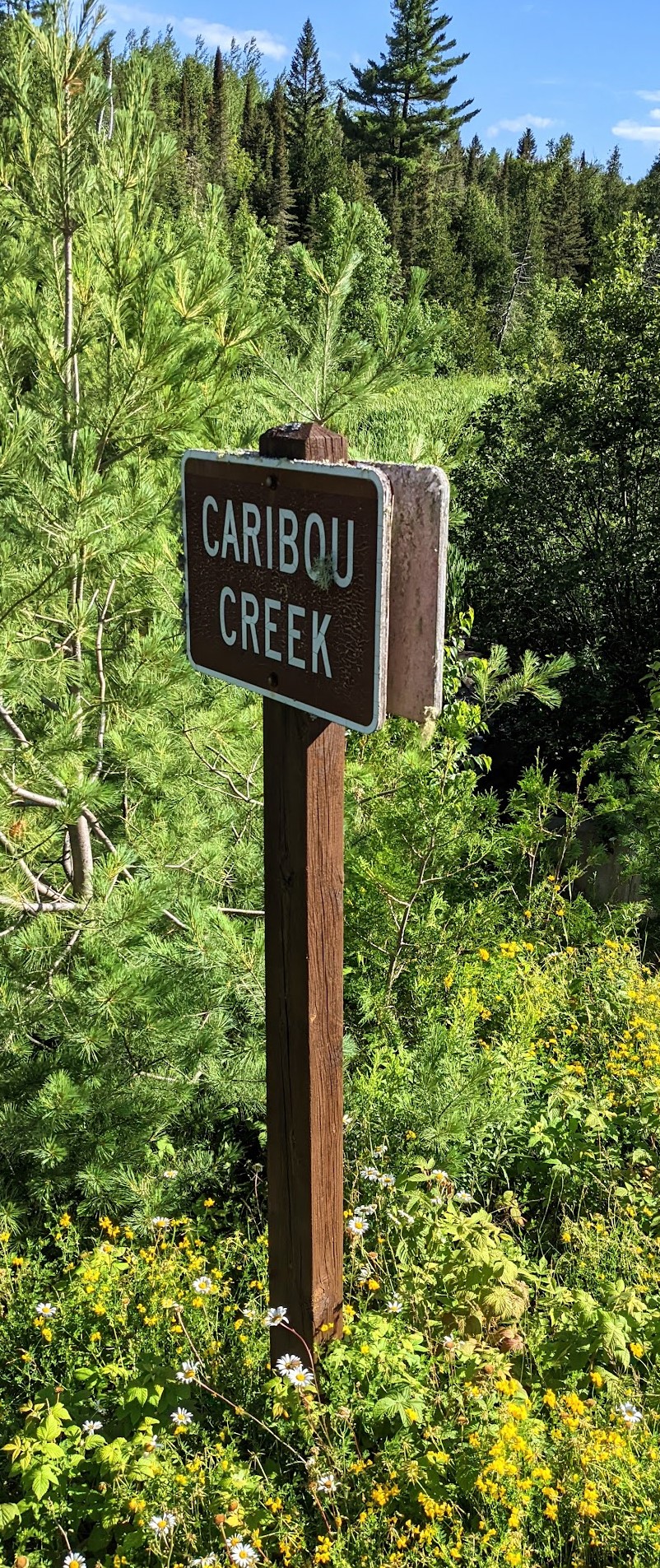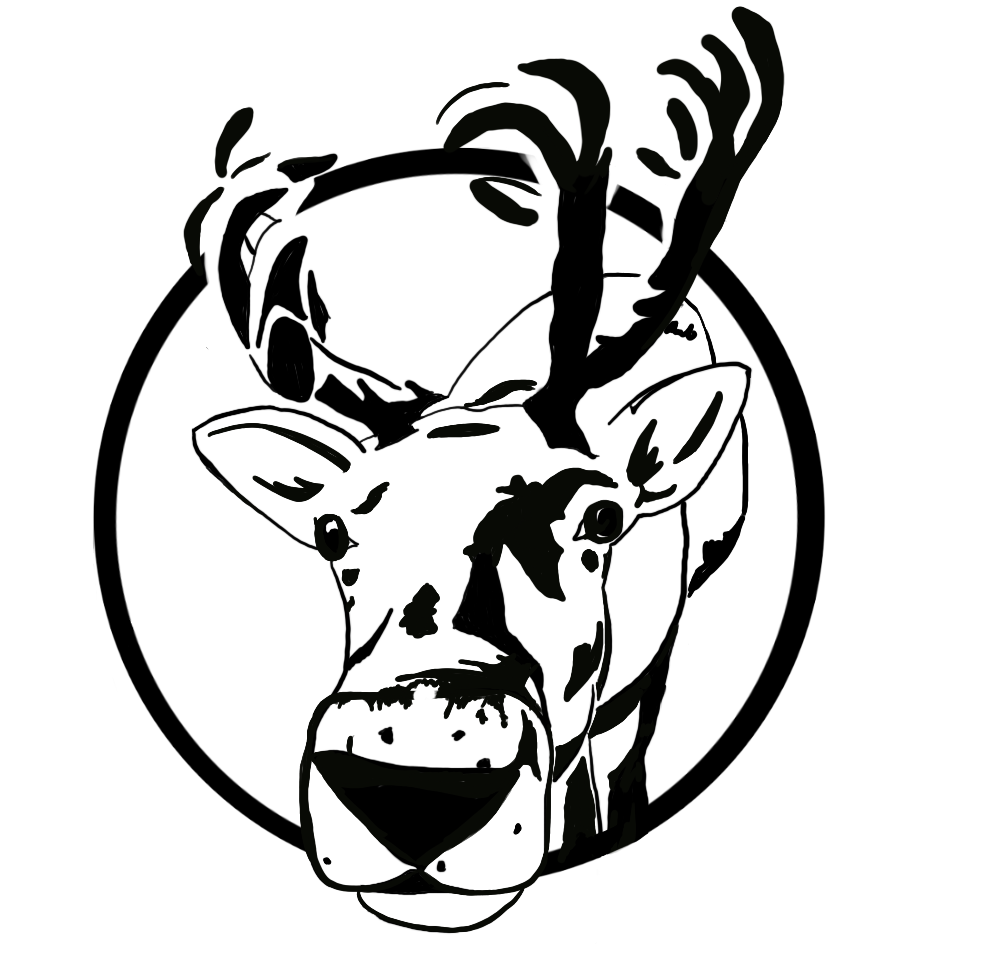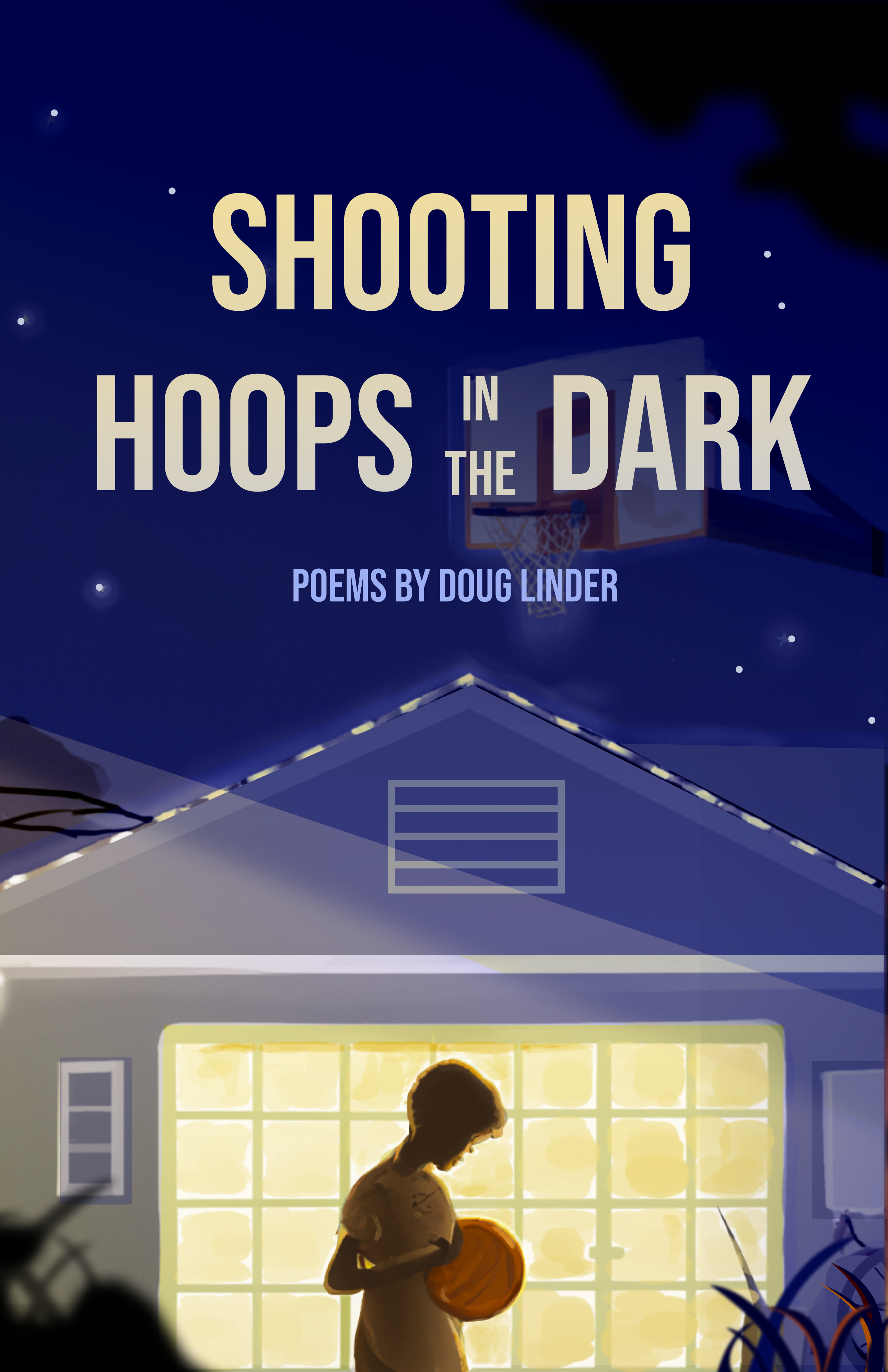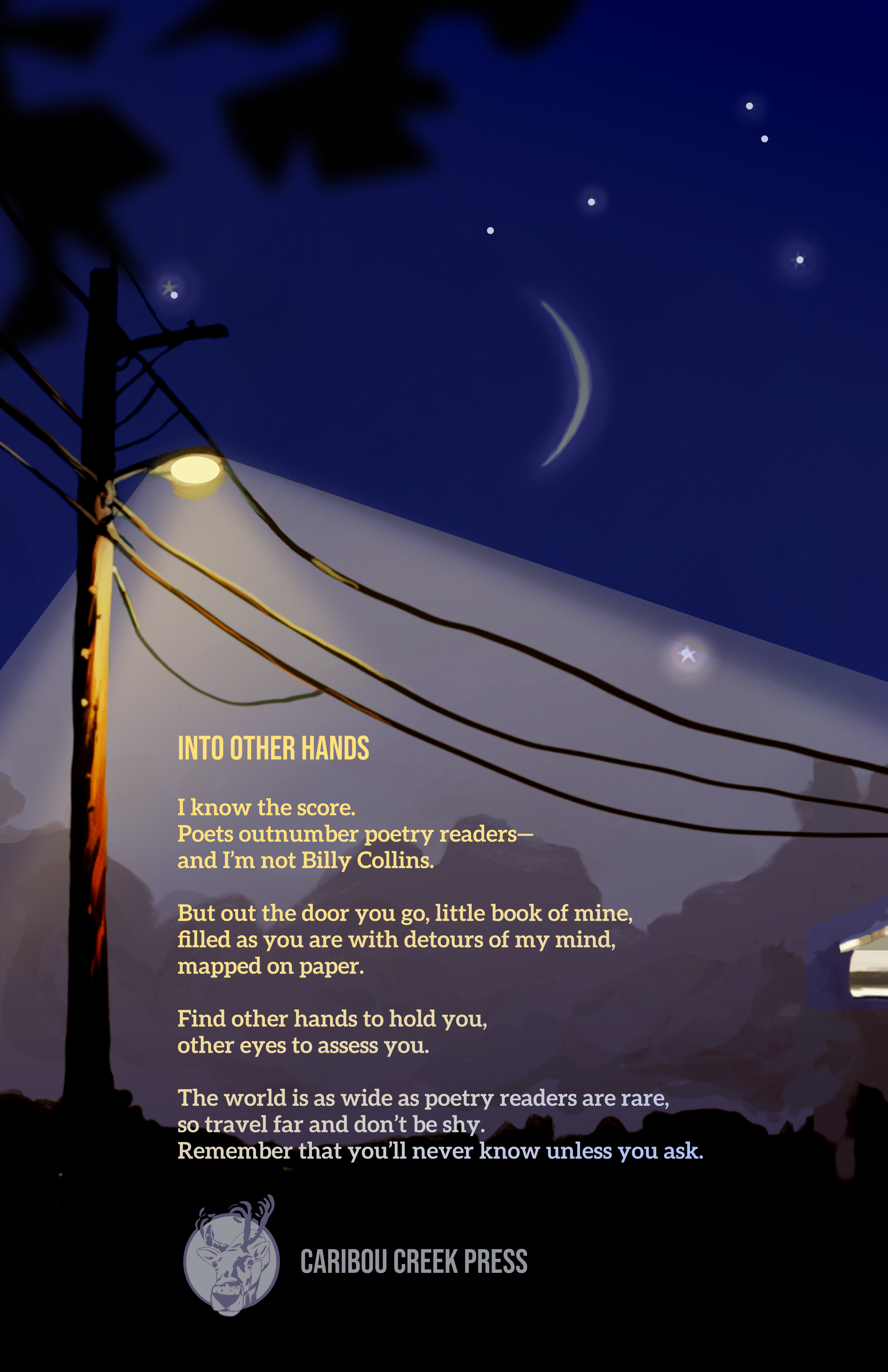
Joyce Sutphen, former poet
laureate of Minnesota, noted that Doug
Linder’s poems are marked by “transfers of
experience” as he “looks for ways to pass his
‘sense of place’ down to the next generation
(and the next).”
Linder admits in Shooting Hoops in
the Dark, “We want them to love what we
love.” Sutphen
adds, “Happily for us” his collection “brings
us a long way there.”
Linder’s
poems are filled with warmth, whimsy, and wit. Shooting
Hoops in the Dark explores boyhood,
married life, and the passage of time. Linder
considers the fate of the Jolly Green Giant
and the wisdom of Eeyore, travels back to
(what’s left of) the Garden of Eden with Adam,
and ponders questions ranging from the
benefits of living in Flyover Country to the
origin of the term “half-assed.”
Using
plain speech and a playful voice, these
empathetic poems will delight readers who
might be left cold by poets whose work veers
toward the obscure and incomprehensible. Linder’s
poems suggest that life is what you see and
feel; that looking for hidden meanings is a
waste of time.
This collection, about seeing and
feeling, is an appreciation of the speck of
space and time that has been the poet’s
amusement and mystery. Savor
the poems of Shooting Hoops in the Dark
and be transported to a world of inspired
wonder.
You might call this
collection a shot. A
basketball heaved high towards
an orange hoop in the sky.

 |
Caribou
Creek Press |
Coming Soon in January 2024:


|
Thinking
about
an Allium “A
purple flower that is the Latin word for
garlic? Six
letters, ending with an ‘m’, I think.” “Allium,”
Cheryl says.
“With a double ‘l’.” “Yes,
of course,” I say, penciling letters into
boxes on
the crossword. I picture the allium. Its
determined stem reaching higher than seems
possible, topped
by its preposterous purple globe. “It
reminds me of the coronavirus,” I say. “Spherical. Its
little pointed petals sticking out.” “Everything
reminds
you of the coronavirus.” “Except
the virus is gray, not purple. And its
spikes are red.” Are
they really red? I wonder. Light
can’t reach a virus, can it? It
must have no color at all. “I
think some artist just made the spikes red
to scare us.
To
make it look more like an alien invader.” “Yes,
dear,” Cheryl says. In
our backyard, the azaleas parade their pink. The
dogwood boasts its elegant blooms. An
iris chorus cries “Spring!” “Let’s
go outside,” I say. |
Shooting
Hoops
in the Dark The
old backboard is still mounted above the
garage door, the
orange rim still ten feet above the driveway where
I’d shoot hoops into the winter darkness until
my mother hollered it was time for dinner. I
wouldn’t head inside right away. Not
until I’d made three clean shots in a row, even
if that meant ignoring a second call to come
in— and
now, darn it, now. My
three-shot rule was part superstition, part
a ploy to see myself as someone who finished
jobs right. I
think of this now, driving by our old family
home, and
wonder whether I have three good shots left. Let
me shoot. Let me shoot until the stars come
out! Shoot,
until my mother clutches me— and
says it’s time to come home. |

|
The Idea of North (2022)
|
|
The
Idea
of North Just
past the Moose Lake exit off I-35, I
say, “The North is an idea, not a place,” And
my wife looks at me as she often does and asks, “Then
why are we trying to drive to it?” We
shoot downhill along concrete channels into
Duluth, With
its bridges, railroads, and waiting freighters. We
pass under the arching elms of Lake Street with
its Handsome
mansions and porched Victorians. And
we come out on highway 61, where we nod to Those
lovely-named
parks, Gooseberry and Split Rock, Tettegouche
and Temperance—Temperance, where Each
summer we whoop and leap, hand-in-hand, From
a rocky ledge into the river’s cold currents
below. Looking
to our right, when stands of birch and spruce
relent, And
the view opens up, we see Superior singing, Its
silver and sapphire waters shimmering As
far as the eye can see. Then
a voice from the back seat: “Are we there yet?” I
make a last check for typos, change a word here
or there, And
hit “Send.” This book of poems is off to my
publisher. “The
readers will decide,” I reply. It’s
unfair, I know, to press a question when you
only Meant
to sit cozily in your chair and be amused, But
which is it, dear Reader: Is the North just a
place, Or
is it an Idea? |
The
Best
of All Possible Campsites Like
most people who have spent much time In
the Boundary Waters, we have a favorite
campsite, But
don’t expect me to tell you where it is. Suffice
it to say it is a campsite where blueberries
grow thick And
are always ripe for the picking— Where
the dappled morning sun laps your tent screen— Where
a family of loons is sure to glide past just to
say hello— Where
walleyes swim nearby, begging to be caught— Where
purple iris and pink moccasins line soft forest
trails— Where
a ledge over deep water invites leaps— Where
a fair gentle breeze always blows In
whatever direction you are headed. It
is that sort of campsite. I
know how much you’d love this campsite, And
how you are hoping now for a hint— The
entry point, perhaps? Maybe
a landmark to look for?— But
I’m sorry. You
see we’re on our way there, paddling slow and
easy, And
I’m worried you might jump from this page into
your canoe And
beat us to this best of all possible campsites. |